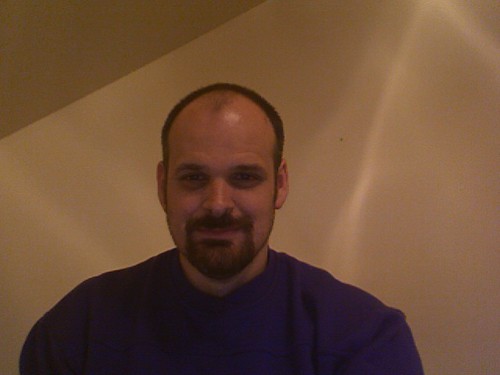Peering through the divine window
It is good to give thanks to Yahweh,
to make music to your name, Most High,
to proclaim your faithful love at daybreak,
and your constancy all through the night,
on the lyre, the ten-stringed lyre,
to the murmur of the harp. - Psalms 92:1-3
I am going to digress a bit from the weekly readings proclaimed at Mass since I have already cogitated about this week's gospel reading from St. Mark
here. (Although that particular day the rendering from St. Luke's gospel of the paralyzed man was proclaimed, but with the synoptics, the message quite often is the same.)
Today I was thinking about music in the worship of the church. I have come to a new understanding of its role in worship through my private and family prayer at home. I have started praying before icons in a corner of my home specifically set aside as holy space. (If anyone is interested in seeing what I am talking about, go here.) What I have come to realize is that the images that I have hanging lift my mind and heart to God. I do not worship the images, but through them, I am made acutely aware of God's salvific plan manifested through his Son, Jesus and the subsequent roles played by Mary, the Mother of God and the saints. Through prayer with the aid of the icons, God comes more into focus for me. The icons truly become what their definition is, a "window to the divine."
So, what does that have to do with music? Prior to 1965, the Mass was completely in Latin (except for the Kyrie eleison which is Greek). With the second Vatican Council and through the leadership of Pope Paul VI, the vernacular was re-introduced. Suddenly there was an influx of all sorts of music into the liturgy. Some of it was good, some bad. But to a large extent, the Latin music used in liturgy prior was relegated to the history books and replaced with music in the vernacular. People could finally understand what they were singing, although I seriously doubt they were completely in the dark prior to 1965.
Unfortunately, in the beginning there was a free for all, so that anything and everything was allowed to be sung in the liturgy. (Case in point, I went to a wedding where the offertory hymn was Roberta Flack's "The First Time Ever I Saw Your Face." I still shudder at that one.) This led to the music being catered to the tastes of those who were in charge of the music programs or to certain groups within the church like the teens or the charismatics. In a sense, people would go to certain Masses because they liked the music better.
What I now know is that I do not go to Mass for any purpose other than to worship God. The music, the readings, the decor, the vestments, all of this is meant to draw my focus away from myself and the world around me and toward the Lord in the Eucharist, the heavenly banquet in which we are participating. All of this is not meant to entertain me or anyone else for that matter. What does this all have to do with my icons? Well, I now see all aspects of worship become icons, and above all the music. The music should not draw attention to itself, rather it should make us aware of our communion with the divine, and through the Eucharist, our communion with one another.


0 Comments:
Post a Comment
<< Home